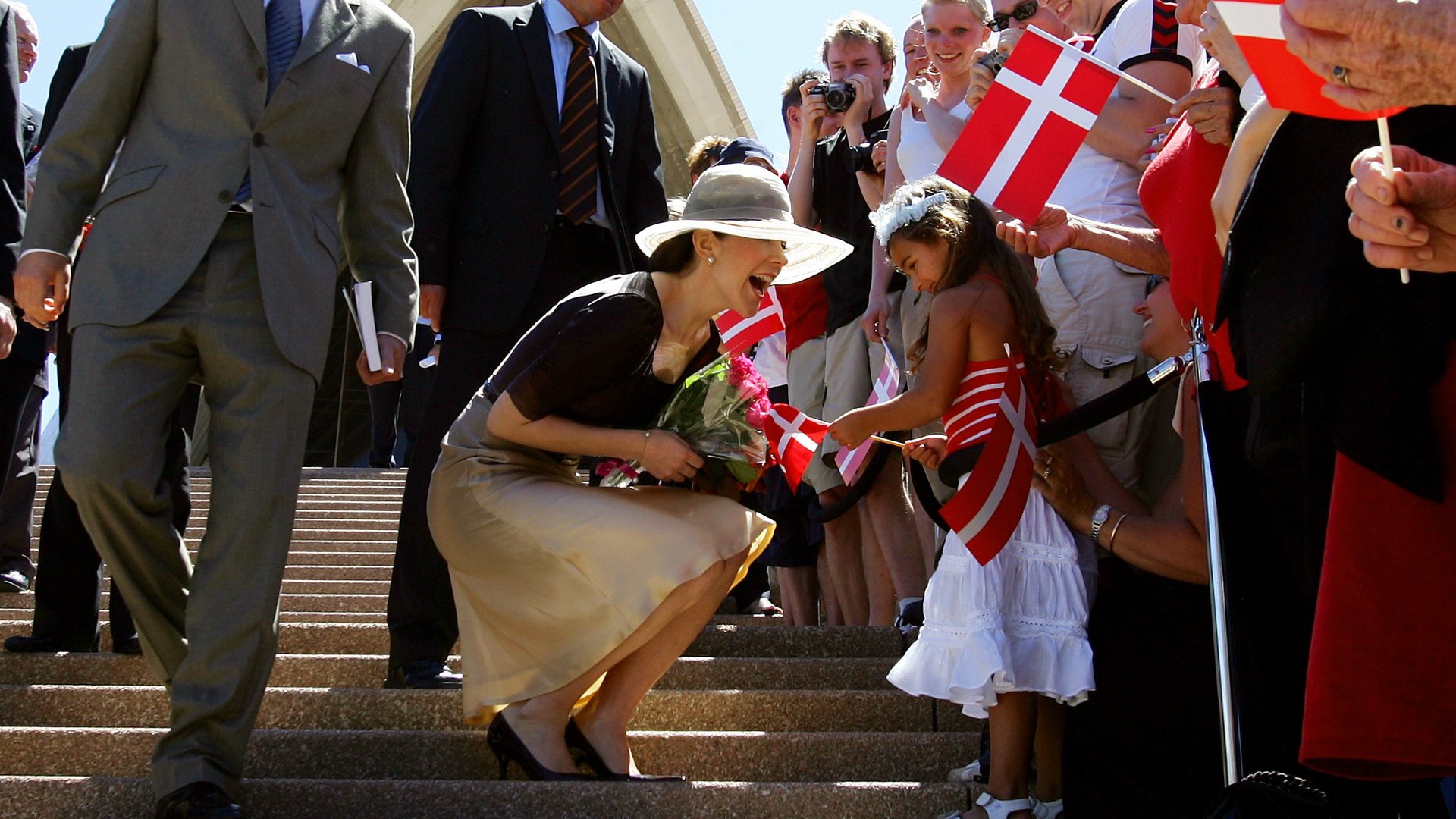The countries where children are most likely to be more educated than their parents
The World Bank recently released a report examining education and income across generations. The data show that richer countries are generally more likely to give the children of less-educated and lower-income parents a chance to get to the top.


The World Bank recently released a report examining education and income across generations. The data show that richer countries are generally more likely to give the children of less-educated and lower-income parents a chance to get to the top.
For children born in the 1980s, countries like Denmark, the UK, and Japan are all among the best-performing countries in terms of equality of opportunity—that is, the share of children who are more educated than their parents. There are some notable exceptions. The Philippines, a low-income country, performs particularly well on equality-of-opportunity measures. The high-income US, meanwhile, performs poorly, on par with less developed countries like China, Iraq, and Nigeria.
According the report, public investment in education is what makes rich countries better at giving poor kids a chance. Government spending on education as a share of GDP tends to rise as countries get wealthier, and more of that spending goes towards students from low-income families.
The World Bank also emphasizes that countries where the rich and the poor are less segregated usually show better better results when it comes to equality of opportunity. When poor kids live near rich kids, they benefit from better public services.